Despite significant progress in health information technology (HIT) and artificial intelligence (AI), many healthcare processes remain inefficient. Administrative workflows are cumbersome and error-prone, and they can lead to serious repercussions, including delayed patient care, clinician burnout, and mounting costs.
Generative AI (Gen AI) is a type of artificial intelligence that creates new content—such as text, images, or even insights—by learning from large datasets. In healthcare technology, Gen AI has transformative potential. It can automate tasks like generating medical summaries, assisting with diagnostic image analysis, or even suggesting personalized treatment plans, thereby saving time for healthcare providers and improving accuracy in patient care.
Additionally, Gen AI can streamline administrative tasks and data analysis, helping organizations manage records, optimize workflows, and enhance decision-making. However, realizing this potential requires a deep understanding of existing challenges in healthcare workflows and a strategic approach to integrating automation into day-to-day operations.
The Ripple Effect of Inefficiencies
Inefficiencies in healthcare workflows are not isolated incidents; they affect a wide range of stakeholders, each of whom bears the brunt in different ways.
Clinicians find themselves overwhelmed by administrative tasks such as charting, billing, and data entry. These tasks, though essential, are contributing to clinician burnout—a significant issue in the healthcare industry. Dealing with inefficient workflows is also leading to lower job satisfaction and higher turnover rates among medical professionals.
For administrative staff, inefficient workflows translate into an overwhelming volume of paperwork and repetitive manual tasks. This not only lowers productivity but also increases the likelihood of errors, which can have cascading effects throughout the healthcare system. The repetitiveness of data entry workflows, compounded by often inadequate compensation, makes it difficult to attract and retain qualified administrative staff.
For patients, inefficient workflows can manifest as longer wait times, delayed diagnoses, and poor patient experience. When administrative or clinical processes are bogged down by inefficiency, patients experience frustration and dissatisfaction. Worse, their health outcomes may be negatively affected by delays in receiving necessary care.
Digitizing workflows without automation tools often perpetuates existing inefficiencies. Too often these workflows fail to optimize and streamline administrative processes, limiting the potential benefits of health information technology. The push to digitize workflows often means repeating the same paper process, but in a digital format; which doesn’t make the process more efficient.
Tackling Administrative Expenses
Administrative tasks represent a significant portion of healthcare operating budgets, yet they are often mundane and repetitive—perfect candidates for automation. A study focused on Medicaid revealed that administrative expenses account for 15% to 30% of total healthcare spending, largely due to non-clinical costs such as billing, insurance processing, and documentation.
It’s estimated that administrative expenses cost the healthcare industry around $1 trillion annually. These costs are driven by routine tasks that, while necessary, do not always require human intervention and can often be automated. Automating administrative tasks using AI and related technologies could save between $200 billion and $360 billion over the next five years. These savings could be redirected towards initiatives that directly improve patient care, such as hiring more clinical staff or investing in advanced medical equipment.
Though AI technology has not yet reached the point where it can operate without human oversight, tools like Gen AI are already making a difference by automating tasks such as document classification, information summarization, and data indexing. This allows healthcare providers to significantly reduce wasted time and enhance operational efficiency. Automation frees up clinical teams to focus on patient care, leading to a more streamlined and effective healthcare system and better patient outcomes.




